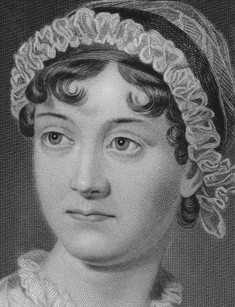
Jane Austen: biography
Jane Austen is a famous classic writer known for her works pertaining to the genre of realism. Her novels remain popular today among the youth and adults, and famous directors screen Jane’s books.
On December 16, 1775, in a small town Steventon, county Hampshire in the south of Great Britain, the daughter Jane was born into the family of the Austens. Because the winter was harsh, the girl was baptized in a church only on April 5. The would-be writer’s parents predetermined her fate – the name “Jane” means “God is merciful,” “God’s grace.”
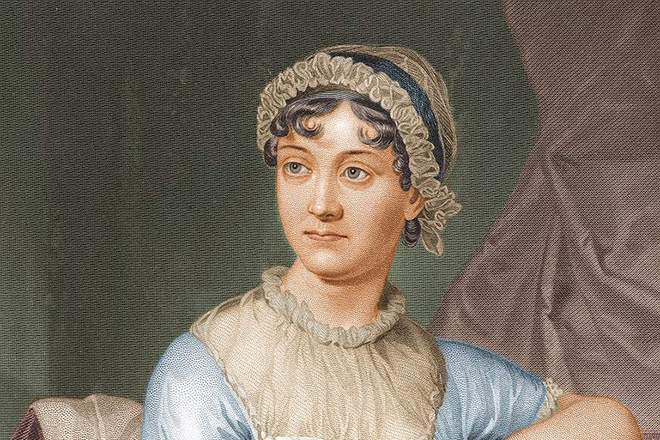
The Austens lived modestly: the head of the family was a vicar, and his wife was a housekeeper. The couple met at Saint Jones college. Cassandra belonged to a noble family: her father was a rector in All Souls College. Miss Leigh’s dowry was unpretentious since all grandmother’s wealth had been given to the elderly brother James. George also came from a rich merchant family that became depleted.
In the Enlightenment epoch, medicine was not developed, and child mortality rates were high: contagious parotitis, cholera, tuberculosis, and many other diseases were present. However, all of George Austen and his wife’s children were miraculously alive.

Thus, the writer grew up in a large family in which there were 6 boys and one girl except for her. Jane was the last but one child, and she was born in the 10th month of her mother’s pregnancy. Initially, the newborn children were at home with their mother; later, the woman would give them to the care of her neighbor Elizabeth Littlewood who would bring up the children up to 12-18 months.
The elderly child Games was applying his creativeness to practice: he was fond of literature and wrote belle-letters short stories. However, the young man’s fate was different: as he became older, he became the pastor of the local church. The history is silent about another brother George because the Austens preferred to avoid speaking about him. It is known that the boy was retarded and never learned how to talk, but the writer liked George and learned the sign language for him.
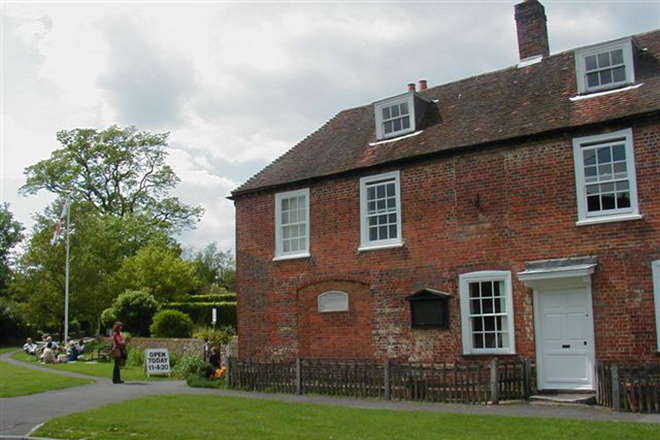
Edward was adopted by the Austens’ relatives and brought up in the rich Knight family; the ambitious Henry worked as a banker and later became a priest. Francis and Charles got themselves into the maritime affairs, and Cassandra who did watercolor did not succeed in her personal life. Jane and Cassandra were enrolled in many educational institutions, but the girls were not lucky with their principals. Besides, during one trip to Southampton, Jane was contaminated with typhoid, and the family had no money for education.
George realized that his daughter would not receive a proper education at this rate, so he became their personal educator. Thus, the future writer and her sister gained more from the lectures of their learned and well-read father more than at school. The man emphasized literature, and since early childhood, the girls loved the art of Shakespeare, Hume, Richardson, and other writers. Having read books, they would retell them to each other, discuss novels, debate, and share their opinion.
Literature
Once, Goethe said: “The person born with a talent they are meant to use will find their greatest happiness in using it.” Indeed, Jane used her God-given talent to its fullest: the girl took up writing since 14. At that time, she created the first epistolary work “Love and Friendship.” In addition, the young Jane wrote the burlesque “The History of England” mocking school books and the work “The Beautiful Cassandra” that ironically ridiculed the creative attempts of the 18-century sentimentalists, such as Rousseau and Chateaubriand for whom sensibility was more important that senses.
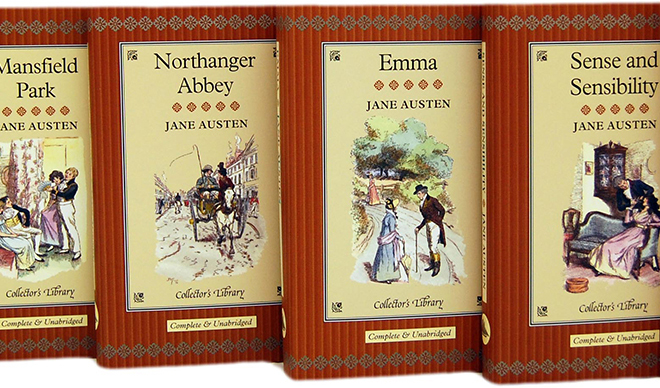
That is why the works about sweet or unhappy love that were read by the ladies of the noble society were not her cup of tea: Jane Austen contributed to the history of literature as a realism proponent: in this genre, the life was described in its typical characteristics, without abundant metaphors and too pathetic and sophisticated expressions.
In 1811, under a trivial pseudonym Lady, Jane published the dissonant novel “Sense and Sensibility” in which she described the love cobwebs and intrigues in the life of two sisters who were polar opposites: Marianne Dashwood lived according to the voice of her heart while Elinor was guided by reason. Thus, the disharmony between two traits of the human character is developing in a reader’s mind.

Three years later, Jane pleased ladies and gentlemen with the novel “Pride and Prejudice” that, in the course of time, became a popular source of sayings. It is peculiar that Austen began to work on the book in 1795(96), but the publishers were not impressed, so the manuscript was gathering dust for about 15 years.
It was “Sense and Sensibility” that guided the writer to the literary world – it helped the second work by Austen to come out. Before submitting the book to publication, Jane revised her work that was initially entitled “First Impressions” significantly: after all these years, the writer’s worldview changed, and she gained more experience.
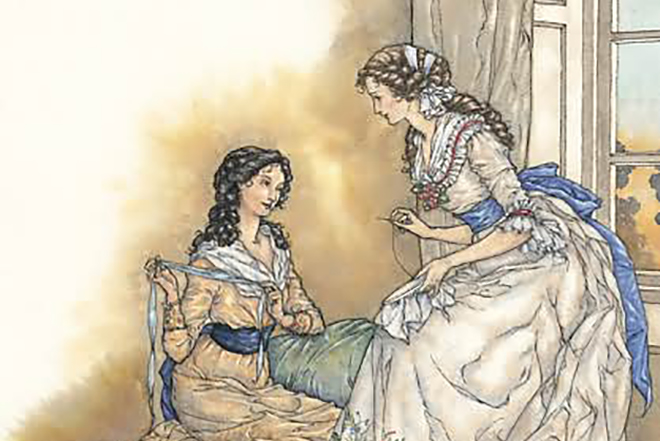
In 1814, the didactic novel “Mansfield Park” was published, and in a year, the John Murray publishing house released the humorous work “Emma” that told the story of a single lady who was trying to improve her acquaintances’’ and friends’ personal lives by all means. He novel impressed even the literary master Walter Scott.
In 1816, Jane worked on the novel of life and matters “Persuasion” published posthumously. The plot is based on the life of the self-righteous and vain Sir Walter who found himself on the verge of bankruptcy because of his own stupidity. Of all characters of this work, Walter’s 27-year-old daughter Anne Elliot stands out – this single woman is not a typical character of Jane Austen’s works.
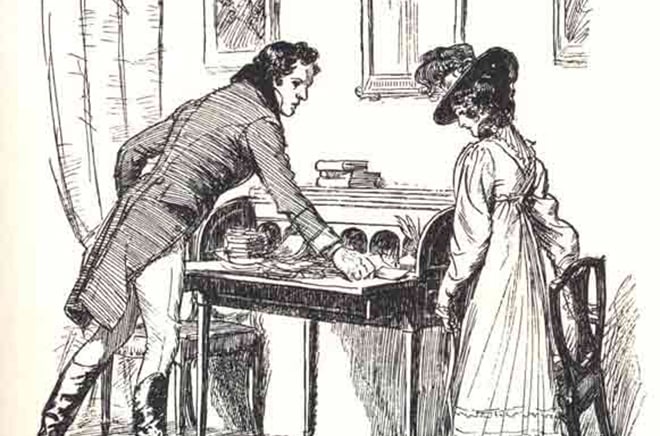
In spite of her youth, Anne is pictured as a wise and cultivated woman who is labeled a spinster by the society. Anne fell in love with a young man, yet she rejected him for his further well-being guided by the reasonable arguments.
Speaking of Jane Austen’s writing style, she is undoubtedly an exquisite psychologist who understands people’s souls and daily routine problems, as it is demonstrated in her books. Besides, Jane was spicing her manuscripts with some irony and sarcasm. Although the Enlightenment and Victorian epochs are gone, hypocrisy, greed, lust, sloth, and so on have not sunk into oblivion.

All these characteristics were present in the times of the luxury balls and literary clubs. For example, one can remember that Miss Bennet’s hatred to Darcey momentarily turns into excitement as she learns that the young man is going to propose to her daughter (“Pride and Prejudice”). Thus, Jane smacked down the stereotypes that readers of sentimental novels had.
Personal life
The English novelist’s personal life is full of secrets and mysteries. For instance, the biographers still do not know what Lady looked like. Some sources claim she was a pretty girl, others describe her as a plump simpleton who, as a kid, had been teased by her brothers by pinching her cheeks. The young woman’s character is also described in different ways: she is represented as an uptight and stubborn person or, on the contrary, an empathetic and charming lady with a soft voice and kind heart. Jane’s appearance can be inferred by the portrait created by Cassandra in 1810.

The novelist created elegant love stories, but she never found her own happiness. Her life turned upside down in 1796: Thomas Langlois Lefroy, an educated young man from a Huguenot family, visited his relatives who, ironically, lived not far from the Austens. The writer’s heart was conquered by Tomas; the momentary affection turned into a short love affair that finished as fast as it had started. According to the family history, the relationship ended in deadlock because Lefroy’s aunt was not satisfied with this relationship. Later, the contemporaries claimed that these events were reflected in “Persuasion.” However, Tomas used to say he loved Jane “childishly” – the relationship meant nothing to him.
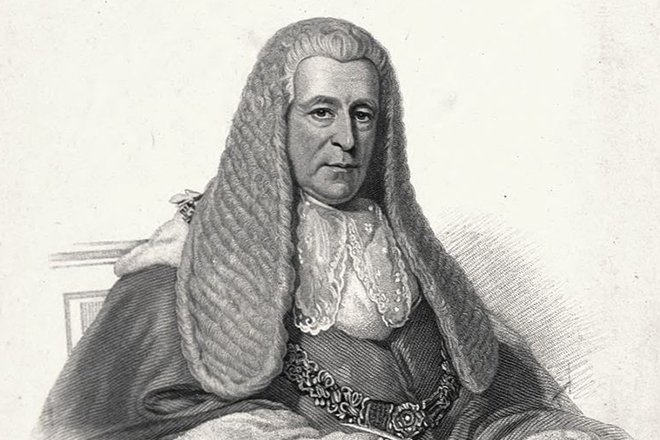
In her turn, Austen did not follow the reason and became a sentimental girl who was thinking about her unreturned love day and night – as Pushkin said in “Eugene Onegin,” “The less we love her when we woo her, the more we draw a woman in.” While the novelist was suffering, Tomas organized his personal life: he became the Chief Irish judge and married a rich woman Mary who gave birth to eight children.
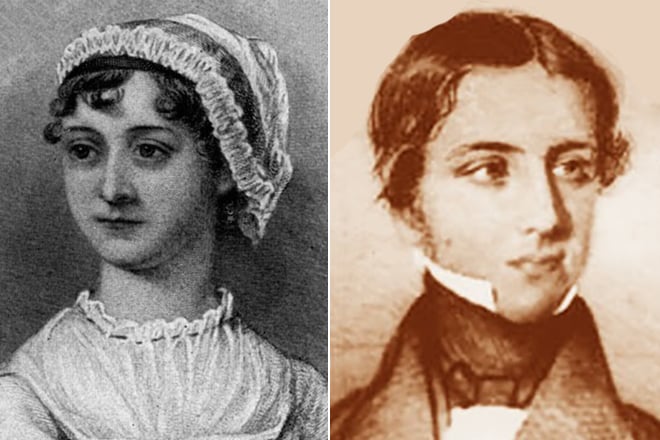
With the young man Harris Bigg, everything was vice versa: he loved Jane. The young woman accepted his proposal, but she was engaged only for a day: time had not helped Jane, and she did not forget Tomas. The lady changed her future for the illusionary past. She had no chance to be a loving wife and learn the happiness of motherhood since she had no children. In her spare time, Jane was fond of sewing and helped her mother with the household chores.
Death
Jane Austen had the Addison’s disease - adrenocortical insufficiency. Judging by the clinical description, this disease may not reveal itself with symptoms, but due to stress or other disorders, it progresses. A patient loses their appetite, feels sick, loses weight, and so on.

In summer 1817, at the age of 41, the writer passed away. She went to Winchester for treatment but failed to overcome the disease. Jane could not finish her works “Sanditon,” “The Watsons,” and “Lady Susan.” The novel “Northanger Abbey” was published posthumously.
Movies
It is not surprising that Austen’s work full of meaning have been screened many times.
- In 1995, the director Ang Lee adopted the novel “Sense and Sensibility” for TV. It is peculiar that Emma Thompson was writing the scenario for about five years. Emma Thompson, Alan Rickman, Hugh Grant, and other actors took part in it.

In 1995, the mini-series “Sense and Sensibility” was out; Jennifer Ehle, Colin Firth, Susannah Harker, and other stars worked together on it. Due to the plot, the series became loved by movie enthusiasts all over the globe.
- In 2005, Kira Knightley, Matthew Macfadyen, and Rosamund Pike took part in the melodrama “Pride and Prejudice.” Emma Thompson was again a scriptwriter and preferred to change the original dialogues.
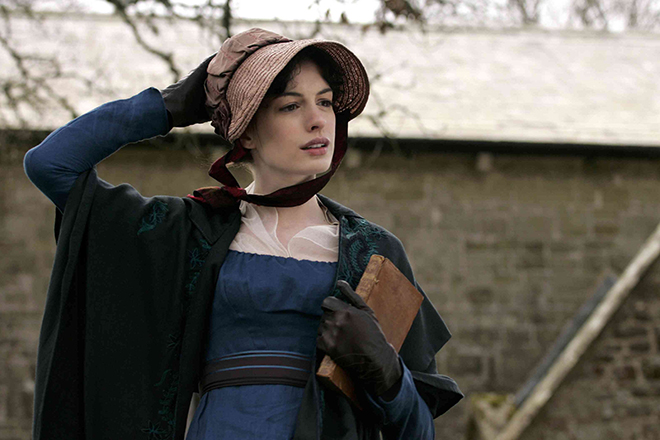
- In 2006, Julian Jarrold’s biographical movie “Jane Austen” came out. It told the story about the relationship between the writer and Lefroy. The role of the novelist was played by Anne Hathaway, and James McAvoy starred as her lover.
- In 2008, the director Dan Zeff presented his mini-series “Lost in Austen” starring Jemima Rooper and Elliot Cowan.
- In the same year, Jeremy Lovering’s movie “Miss Austen Regrets” was out.
Bibliography
- “Love and Friendship” (1790);
- “The History of England” (1791);
- “The Three Sisters” (1792);
- “Sense and Sensibility” (1811);
- “Pride and Prejudice” (1813);
- “Mansfield Park” (1814);
- “Emma” (1815);
- “Persuasion” (1817);
- “Northanger Abbey” (1818);
- “The Beautiful Cassandra”;
- “Lady Susan”;
- “The Watsons”;
- “Sandinton”;
- “Lesley Castle”





